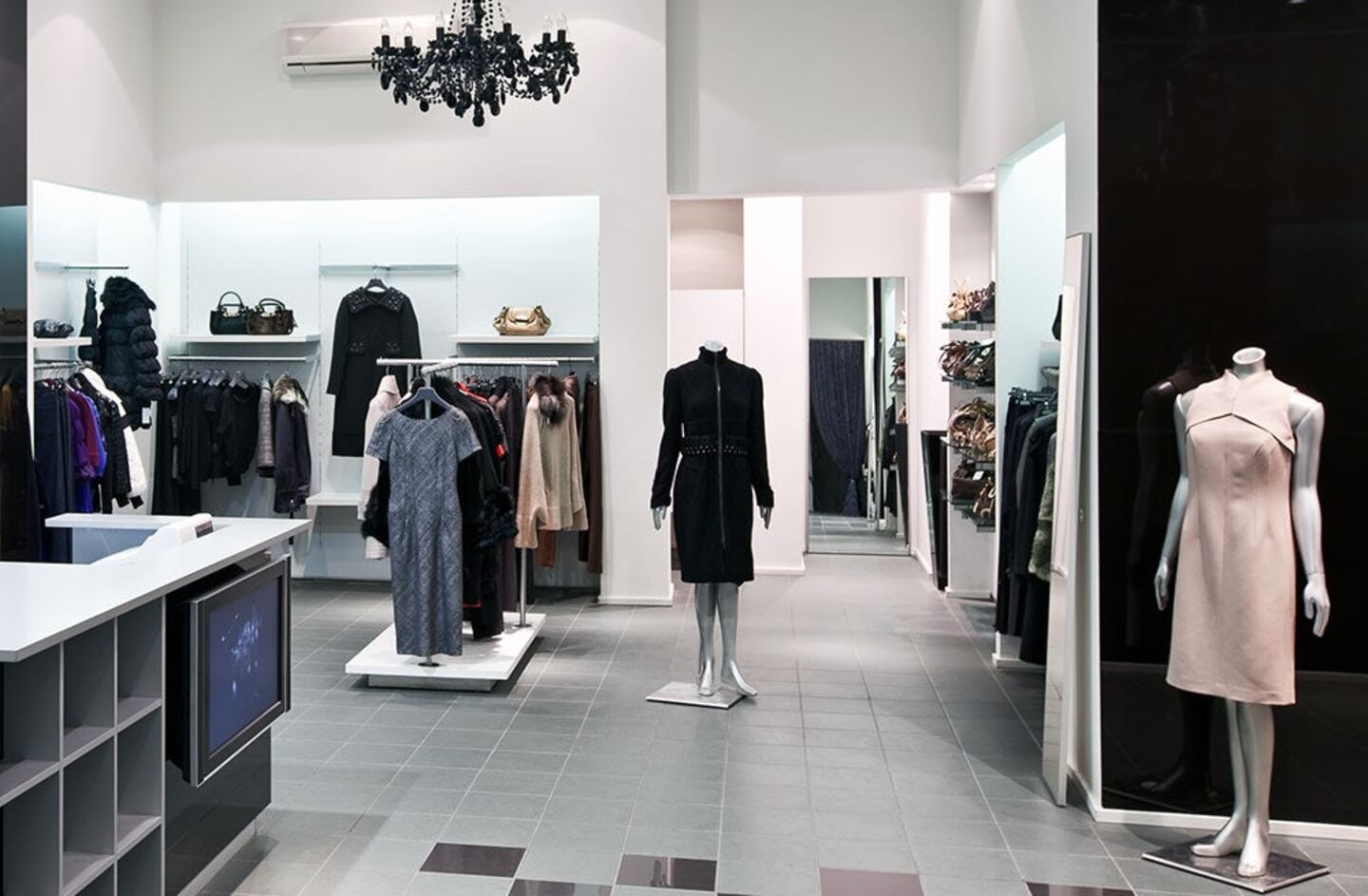
The Business of Fashion
Agenda-setting intelligence, analysis and advice for the global fashion community.

Agenda-setting intelligence, analysis and advice for the global fashion community.

NEW YORK, United States — Gene Pressman, the grandson of the founder of the iconic New York department store Barneys, which for decades was Gotham City's principle tastemaker, famously said to The New York Times: "If you give customers what they want, then you die… The fact is they don't know what they want." In other words, the role of a successful store was to lead consumers and tell them what they should be wearing.
But is this still the case?
Today, the same products are often available at many stores across the world — and, despite differences in visual merchandising, the rise of global e-commerce makes this homogeneity plainly visible, threatening to commoditise the role of the traditional fashion retailer. What’s more, consumers can save money by comparing shopping sites across various geographies and, increasingly, it’s price, not careful curation by retailers, that drives purchase decisions.
Furthermore, "the consumer is now influenced by a radically expanded group of tastemakers, ranging from traditional retailers and magazines to bloggers and friends," said Lyst founder Chris Morton. "This shift has been driven by the dominance of social platforms in the content space like Twitter and Pinterest, and in the commerce space, like Lyst."
ADVERTISEMENT
Indeed, with a thriving ecosystem of influential fashion blogs, forums, Tumblrs, Instagram accounts, Polyvore moodboards and other social media only a few clicks away, consumers increasingly discover and research their purchases long before they visit retailers, undermining the traditional role of stores as arbiters of style who once answered the perennial question: “What should I wear?”
Sure, savvy retailers now operate their own blogs and Instagram accounts, but the truth is that, today, the rapper Kanye West is ultimately responsible for driving more sales of Givenchy t-shirts than anyone else. Indeed, Riccardo Dalai, the owner of Riccardi boutique in Boston, said he could not re-order them fast enough despite their lofty price tags. "These kids, when they come into the store, they already know what they want," he said.
The Internet has also bridged the gap between brands and consumers. By now, most major brands operate their own e-commerce stores. Moreover, e-commerce has radically reduced barriers to entry for young labels, who are racing to establish their own direct-to-consumer retail channels. Of course, the math makes sense. Why deal with middlemen — who take a significant cut, often pay late, or don’t pay at all — when you can lock in a handsome profit margin by dealing with consumers directly?
“It remains the role of any fashion boutique to edit and contextualise products through merchandising and editorial strategies and, in doing so, infuse them with greater significance and socio-cultural cachet,” said Alex Kasavin, who is poised to open a new boutique called Idol in New York’s Williamsburg neighbourhood later this month. However, Kasavin did acknowledge the challenges facing fashion retailers, saying that, generally, brands are playing a growing role in controlling how their products are presented and that it has become increasingly dangerous for a store to define its aesthetic preferences too narrowly.
Hopefully, the best independent boutiques and department stores will continue to flourish. A great store can still surprise by introducing clients to new designers and entice them with great merchandising and immersive experiences. But the fact remains that retailers, large and small, are scrambling to adjust to the new shopping landscape. Some, like Lane Crawford, are adding experiential elements to their stores and upgrading their customer service offerings. Others are placing strategic importance on exclusive products. Barneys, for one, has heavily advertised its XO (Exclusively Ours) label to stress the exclusivity of their offerings.
These moves may stem the tide, but they won’t stop it. By and large, today’s customers know exactly what they want — and where to get it — long before they visit a store.
Eugene Rabkin is the editor of StyleZeitgeist magazine and the founder of stylezeitgeist.com
The views expressed in Op-Ed pieces are those of the author and do not necessarily reflect the views of The Business of Fashion.
How to submit an Op-Ed: The Business of Fashion accepts opinion articles on a wide range of topics. The suggested length is 800 words, but submissions of any length will be considered. Submissions may be sent to contributors@businessoffashion.com. Please include 'Op-Ed' in the subject line. Given the volume of submissions we receive, we regret that we are unable to respond in the event that an article is not selected for publication.
From analysis of the global fashion and beauty industries to career and personal advice, BoF’s founder and CEO, Imran Amed, will be answering your questions on Sunday, February 18, 2024 during London Fashion Week.
The State of Fashion 2024 breaks down the 10 themes that will define the industry in the year ahead.
Imran Amed reviews the most important fashion stories of the year and shares his predictions on what this means for the industry in 2024.
After three days of inspiring talks, guests closed out BoF’s gathering for big thinkers with a black tie gala followed by an intimate performance from Rita Ora — guest starring Billy Porter.